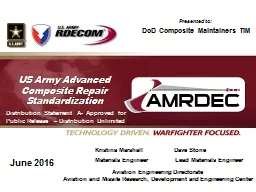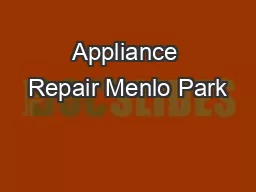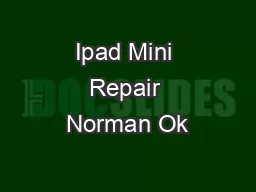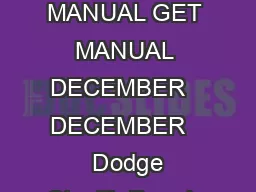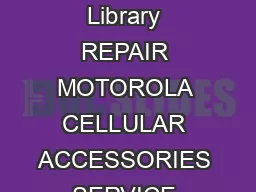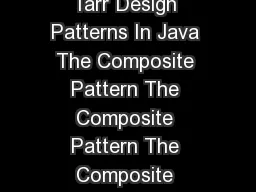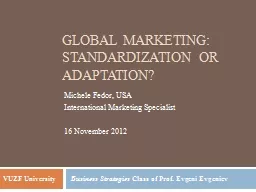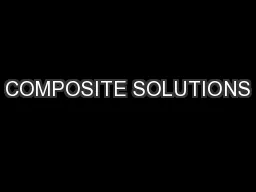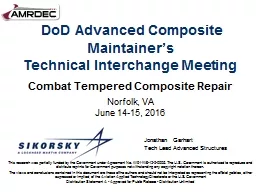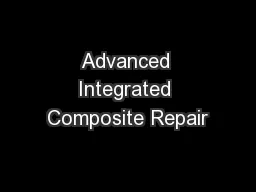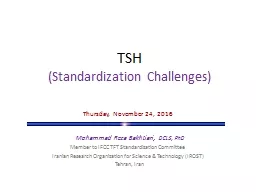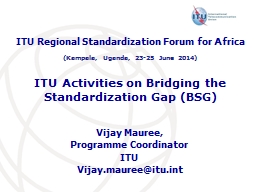PPT-US Army Advanced Composite Repair Standardization
Author : alida-meadow | Published Date : 2017-08-16
Presented to DoD Composite Maintainers TIM Distribution Statement A Approved for Public Release Distribution Unlimited Kr istina M ar shall Mat erials Eng i
Presentation Embed Code
Download Presentation
Download Presentation The PPT/PDF document "US Army Advanced Composite Repair Standa..." is the property of its rightful owner. Permission is granted to download and print the materials on this website for personal, non-commercial use only, and to display it on your personal computer provided you do not modify the materials and that you retain all copyright notices contained in the materials. By downloading content from our website, you accept the terms of this agreement.
US Army Advanced Composite Repair Standardization: Transcript
Download Rules Of Document
"US Army Advanced Composite Repair Standardization"The content belongs to its owner. You may download and print it for personal use, without modification, and keep all copyright notices. By downloading, you agree to these terms.
Related Documents

